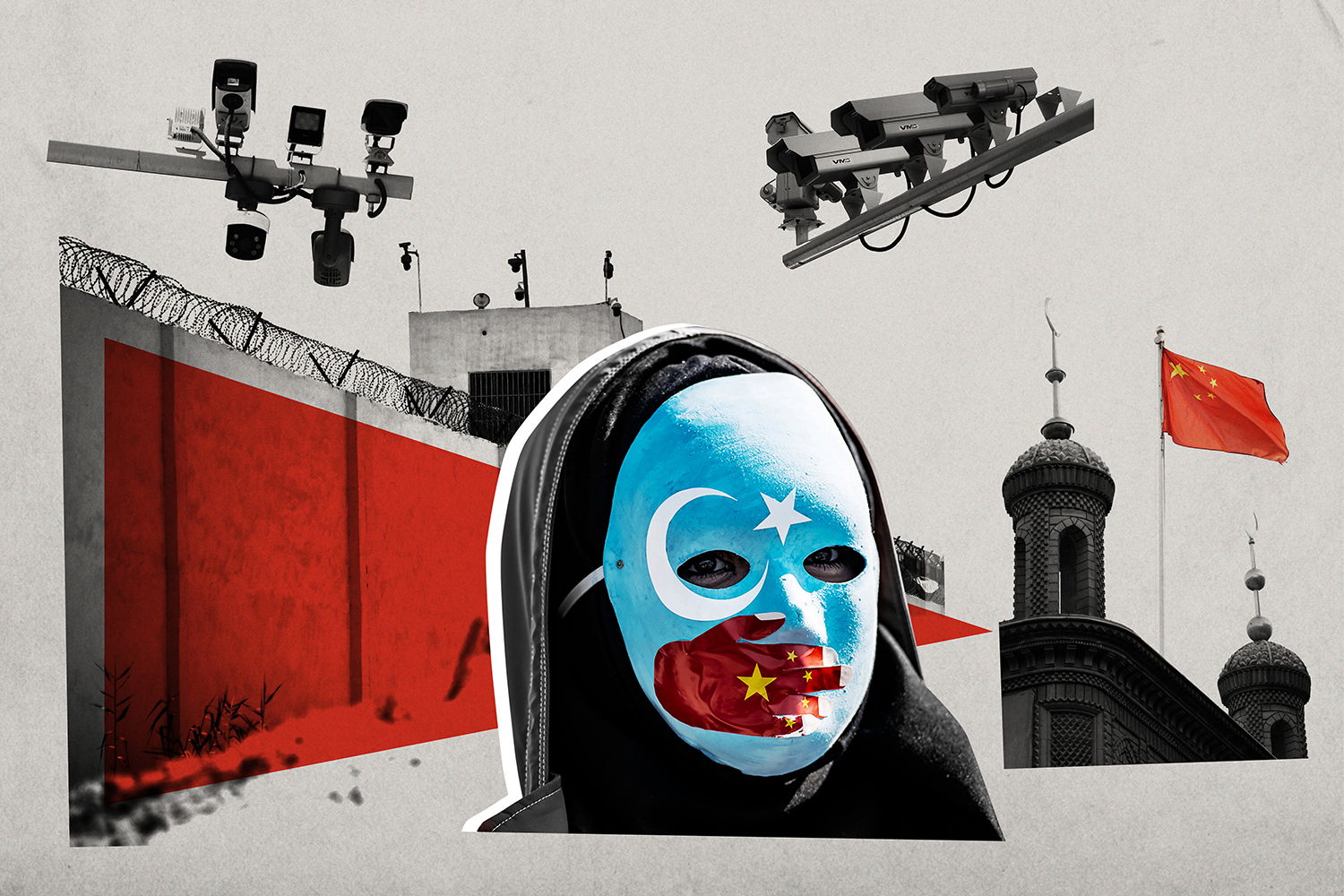
Disney’s recent live-action cinematic machination, Mulan, was finally released on September 4th in the U.S. in select theaters and on the Disney Plus streaming platform after a production timeline specked with controversy and criticism.
Even during filming and production, and the proceeding delays of its release, Mulan’s close proximity to the Chinese government led some to be hesitant and readily critical of the film.

Most notable of the concerns was an incident in which the lead actress, Liu Yifei, tweeted her support for the Chinese police in Hong Kong. Yifei’s support for the police, and by extension their brutality and their leadership, brought about the first wave of the #BoycottMulan trend.
Despite the public relations setbacks, production continued. According to the New York Times, as the Chinese market has grown it has also become a prominent center for international media consumption and therefore an audience that international brands such as Disney have been eager to tap into. Such eagerness led Disney to continue their work with Mulan in China.
The controversy intensified just after the movie itself had finished and the end credits had rolled. Hours after on demand viewers had streamed the movie, these viewers took to social media and revealed that the end credits of Mulan specifically thanked several Chinese government entities based in Xinjiang province for allowing them to film in Xinjiang. The end credits thanked infamous government committees such as the Public Security Bureau for the city of Turpan and the Publicity Department of the CPC Xinjiang Uyghur Autonomy Region Committee.
The United Nations and multiple member countries, prominently including the United States, have stated and confirmed that these two departments were and are currently responsible for overseeing the “Xinjiang Re-education Camps.”
These re-education camps are places where mostly the ethnic Uyghur peoples and other ethnic minorities are interned without due process, trial, or even official charges and subjected to horrendous humiliations and violence.

First hand accounts from those who have escaped these camps report brainwashing in the form of threats of violence, violence, inundation of communist party propaganda, torture, poisoning, drugging, forced departure and denunciation from one’s religious values and customs, and forced sterilization.
“[The guards] took women to the hospital and operated on them so that they no longer could have children or forced them to take medicine… We all went through all kinds of mistreatment, but even when we saw such abuse we were powerless to do anything about it.” Tursunay Ziyawudun recounted after spending 9 months in one of the region’s numerous camps
Although the exact number is unknown to all but the Chinese government, according to a United Nations panel the number of people thought to have been interned is upwards of 2 million in August 2018 with no signs of decrease in the past two years.
Disney’s disastrous end credit sequence coupled with the fact that filming for the movie took place in the very same province where these camps were located led to a revitalization of #BoycottMulan.

Disney’s potential involvement in these camps led the bipartisan China Economic Review and Security Review Congressional Commission to send an letter inquiring as to Disney’s extent of knowledge concerning the re-education camps. The letter was also posted on twitter and gained significant social traction.
The lawmakers in the commission urged Disney CEO Bob Chapek to respond and to clarify how involvement with the Chinese government and its actions reflect the mission and values of the Walt Disney Company.
Although Chapek has yet to comment, Disney CFO, Christine McCarthy, responded to the controversies during the Bank of America Virtual 2020 Media Communications and Entertainment Conference:
“In an effort to accurately depict some of the unique landscape and geography of the country of China for this period drama, we filmed scenery in 20 different locations in China. It’s common knowledge that, in order to film in China, you have to be granted permission. That permission comes from the central government.”
McCarthy also explained that principal filming was done in New Zealand, and pointed out that New Zealand governmental bodies were also thanked in the film’s credits.
Many continued to criticize Mulan even after these statements, claiming that Disney has yet to acknowledge the film’s cultural, social, and physical proximity to these camps, while simultaneously and specifically thanking the government entities responsible.
The movie itself stands upon an unambiguous message of the values and importance of truth; Mulan herself must embrace her truth to become the heroine and save the day. Ironically Disney may have to look within and re-examine the morals of their Mulan, as well as its logistics.
By John Lee



Leave a Reply